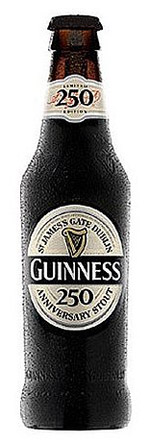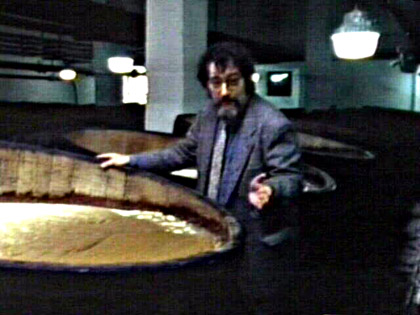A really interesting discussion between Mario at Brewed For Thought and Pete from BetterBeerBlog about paying $43 for the Mayfield Iconoclast beers at Whole Foods. (I think, I hope, this is the price of a 750ml bottle.) Go read it all.
I’m too distracted to jump into this other than to suggest . . .
Chatter about why it costs $43 (or $30 or whatever) is noise. The why is relevant only in context.
Instead, here’s the bottom line. If a beer is worth $43 then consumers will buy it. Those at other breweries will notice and if they can conjure up a beer somewhat similar and as good for $42 or $38 or $2.50 then they will do that.
During the discussion portion of Beer Wars Live Greg Koch pointed out that Stone Brewing’s Arrogant Bastard Ale is the nation’s top-selling craft 22-ounce package. How’s that for a target? If Anheuser-Busch could brew that beer for less wouldn’t they? So to the line I’ve heard so often: “The big brewers could brew whatever they want if they chose to” I say “Poppycock.” I’m of the opinion they can’t brew the beer at any price. It’s not in their DNA.
I’ve begun to digress. Back to the point. I’m willing to pay “more” for the beers we want to drink. I don’t expect brewers to sell beers for less they they cost (and I understand all the costs) to brew. But I don’t buy beers based on what they cost to make. I buy them based on the experience they deliver.
The blogs involved:
– Brewed for Thought.
– BetterBeerBlog.

 Am I so out if it a missed the previous announcement and perhaps considerable discussion?
Am I so out if it a missed the previous announcement and perhaps considerable discussion?